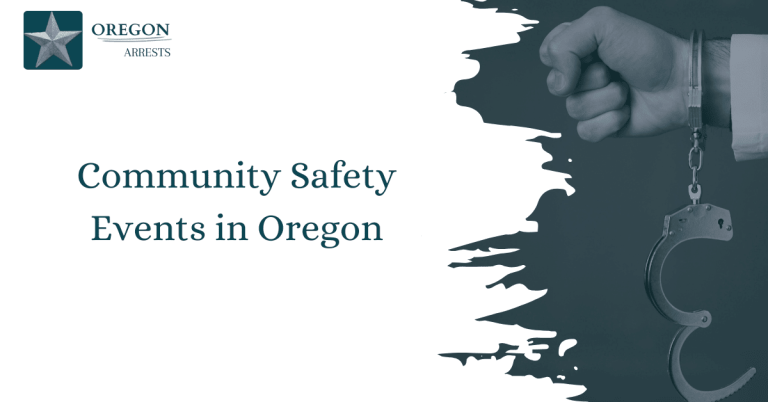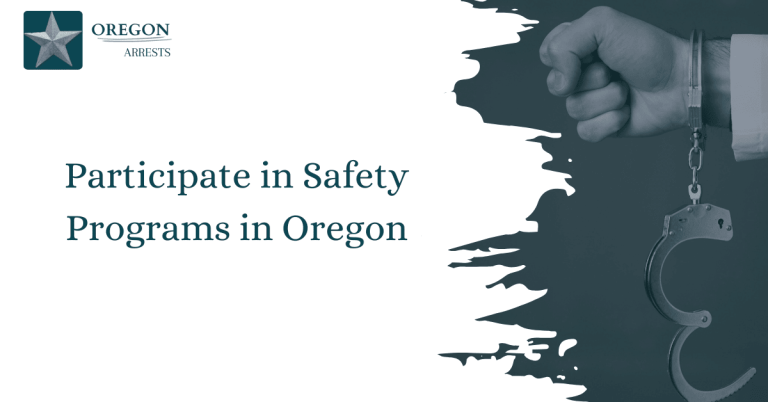Importance of Safety Education in Oregon
Safety education in Oregon plays a crucial role in ensuring the well-being of individuals across the state. By promoting awareness and providing essential knowledge on various safety measures, residents can better protect themselves and others from potential risks and hazards. From road safety to emergency preparedness, the emphasis on safety education in Oregon reflects a proactive approach to fostering a secure environment for all.
Additionally, safety education in Oregon serves as a catalyst for instilling a culture of responsibility and vigilance within communities. By empowering individuals with the necessary information and skills to mitigate risks, the overall safety standards in the state are elevated. Through continuous education and training programs, Oregon remains committed to prioritizing the safety and security of its residents in various aspects of daily life.
Oregon’s Safety Education Impact
Safety education plays a vital role in ensuring the well-being of individuals and communities in Oregon. By providing knowledge and skills related to safety measures, residents can better protect themselves and those around them from potential risks and hazards. Safety education creates awareness about safety protocols, emergency procedures, and preventive measures that can significantly reduce the occurrence of accidents and injuries.
Role of Safety Education in Communities
Safety education is essential for building resilient and proactive communities in Oregon. It fosters a sense of responsibility among residents to prioritize safety and take necessary precautions in various settings, such as homes, schools, workplaces, and public spaces. By promoting a culture of safety through education and training programs, communities can create a supportive environment where individuals are empowered to make informed decisions to mitigate risks and enhance overall safety.
Topics Covered in Safety Workshops
Safety workshops in Oregon cover a wide range of topics, including fire safety, first aid, emergency preparedness, workplace safety, road safety, and personal safety. These workshops are designed to equip participants with the knowledge and skills needed to respond effectively to different safety challenges and emergencies. By addressing specific safety concerns through targeted workshops, individuals can develop practical strategies to prevent accidents and protect themselves and others.
Benefits of Hands-On Training Sessions
Hands-on training sessions are an integral part of safety education in Oregon as they allow participants to practice safety procedures in a controlled environment. By engaging in hands-on activities, individuals can enhance their understanding of safety concepts and gain valuable experience in applying safety measures in real-life situations. Hands-on training sessions help build confidence, improve decision-making skills, and reinforce the importance of safety practices through practical learning experiences.
Cultivating a Culture of Responsibility
Safety education plays a key role in cultivating a culture of responsibility among residents in Oregon. By promoting accountability and awareness of safety issues, education programs encourage individuals to take ownership of their safety and the safety of others. A culture of responsibility fosters collaboration, communication, and mutual support within communities, leading to a safer and more secure environment for everyone.
Proactive Mindset Towards Safety Measures
Safety education instills a proactive mindset in individuals, encouraging them to anticipate potential risks and take preventive actions to avoid accidents and injuries. By adopting a proactive approach to safety measures, residents in Oregon can identify hazards, assess risks, and implement effective strategies to minimize the likelihood of incidents. Proactive safety measures help create a safer and more resilient community that is prepared to handle emergencies and protect lives.
Empowerment Through Informed Decision-Making
Safety education empowers individuals in Oregon to make informed decisions about their safety and well-being. By providing access to relevant information, resources, and training opportunities, education programs enable residents to assess risks, evaluate options, and choose the best course of action in different safety scenarios. Empowered decision-making leads to increased confidence, self-reliance, and overall preparedness to handle safety challenges effectively.
Creating a Secure Environment in Oregon
One of the primary goals of safety education in Oregon is to create a secure environment where residents can live, work, and thrive without undue safety concerns. By promoting awareness, education, and collaboration, safety initiatives aim to enhance the overall security and well-being of communities across the state. Creating a secure environment involves implementing proactive safety measures, fostering a culture of safety, and empowering individuals to take responsibility for their safety and the safety of others.
Impact of Safety Education on Saving Lives
The impact of safety education on saving lives in Oregon cannot be overstated. By equipping individuals with the knowledge, skills, and resources needed to respond effectively to emergencies and safety threats, education programs enable residents to act quickly and decisively in critical situations. The timely application of safety measures learned through education can prevent accidents, reduce injuries, and ultimately save lives. Safety education is a powerful tool for protecting individuals and communities from harm and ensuring a safer and more resilient future for Oregon.
Frequently Asked Questions
Our FAQ section aims to provide comprehensive information on the importance of safety education in Oregon. Below are detailed answers to common queries related to this topic.
What is the importance of safety education in Oregon?
Safety education in Oregon is crucial for ensuring the well-being and protection of individuals in various settings, such as workplaces, schools, and communities. By educating individuals on safety measures and procedures, the likelihood of accidents and injuries can be significantly reduced.
What are the key components of safety education in Oregon?
Safety education in Oregon typically includes training on emergency response protocols, hazard identification, risk assessment, and safety regulations. These components help individuals develop the necessary skills and knowledge to create a safe environment for themselves and others.
How does safety education benefit communities in Oregon?
Safety education plays a vital role in building resilient communities in Oregon by fostering a culture of safety awareness and preparedness. By equipping individuals with the knowledge and skills to handle emergencies effectively, communities can minimize the impact of disasters and improve overall safety.
Who is responsible for providing safety education in Oregon?
In Oregon, safety education is typically facilitated by government agencies, educational institutions, non-profit organizations, and employers. These entities collaborate to develop and deliver safety training programs that cater to the specific needs of different populations and industries.
How can people help boost safety awareness in Oregon?
Individuals in Oregon can actively participate in safety education initiatives by attending training sessions, workshops, and seminars offered by reputable organizations. By staying informed about safety practices and regulations, individuals can contribute to creating a safer environment for themselves and others.







